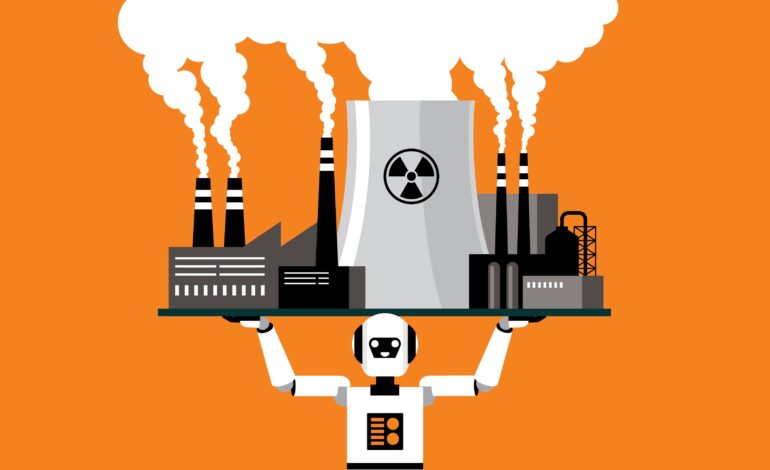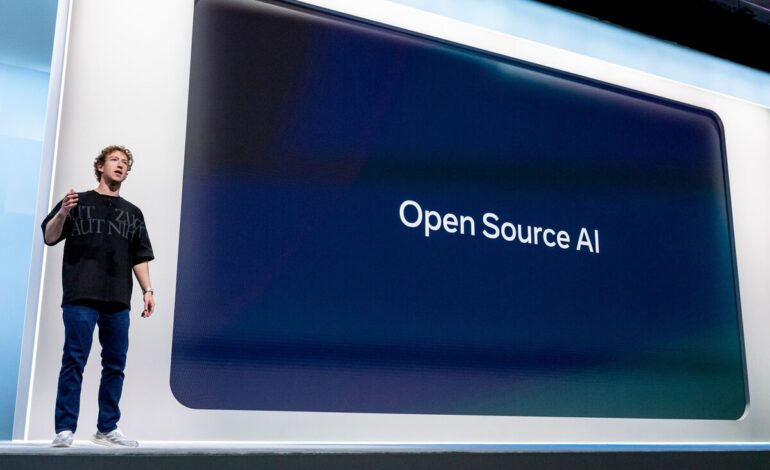
AI Models Emit Significantly More CO₂, Environmental Impact Looms
Advanced AI models, while showcasing superior performance, generate significantly higher CO₂ emissions compared to traditional language models. This raises concerns about their environmental impact. Recent studies reveal these sophisticated AI systems can emit up to 50 times more CO₂ when performing similar tasks, prompting the need for sustainable solutions in AI development.
Understanding AI Carbon Footprint
The growing dependence on AI technologies demands an evaluation of their environmental impact. Advanced AI systems, like the O3-R1 models, demonstrate remarkable capabilities but at a cost. They consume vast amounts of computational power, leading to increased energy use and consequently higher CO₂ emissions. This phenomenon is particularly troubling as these technologies become more prevalent, demanding urgent measures to mitigate their ecological toll.
Comparative Emissions: Advanced AI vs. LLMs
Studies indicate that advanced AI models, such as O3-R1, generate CO₂ emissions up to 50 times greater than conventional large language models (LLMs) when tasked with similar questions. These emissions arise from the intensive computations required, highlighting the stark contrast in sustainability between advanced systems and their more economical, less complex counterparts. As these issues become more apparent, the focus on carbon-neutral AI technologies intensifies.
Towards Sustainable AI Solutions
The high emissions from advanced AI models underscore the need for sustainable practices in AI development. Researchers and developers are now tasked with innovating eco-friendly solutions that balance performance with environmental responsibility. Strategies include optimizing algorithms, utilizing renewable energy sources, and investing in green data centers. These efforts aim to reduce the carbon footprint of AI while maintaining the technological advancements crucial for modern applications.
Conclusion
Advanced AI models offer significant technological advancements but at an environmental cost. With emissions up to 50 times higher than traditional models, sustainable AI development becomes essential. By prioritizing eco-friendly innovations, the tech industry can strive to balance progress with environmental stewardship, ensuring the future of AI aligns with global sustainability goals.




